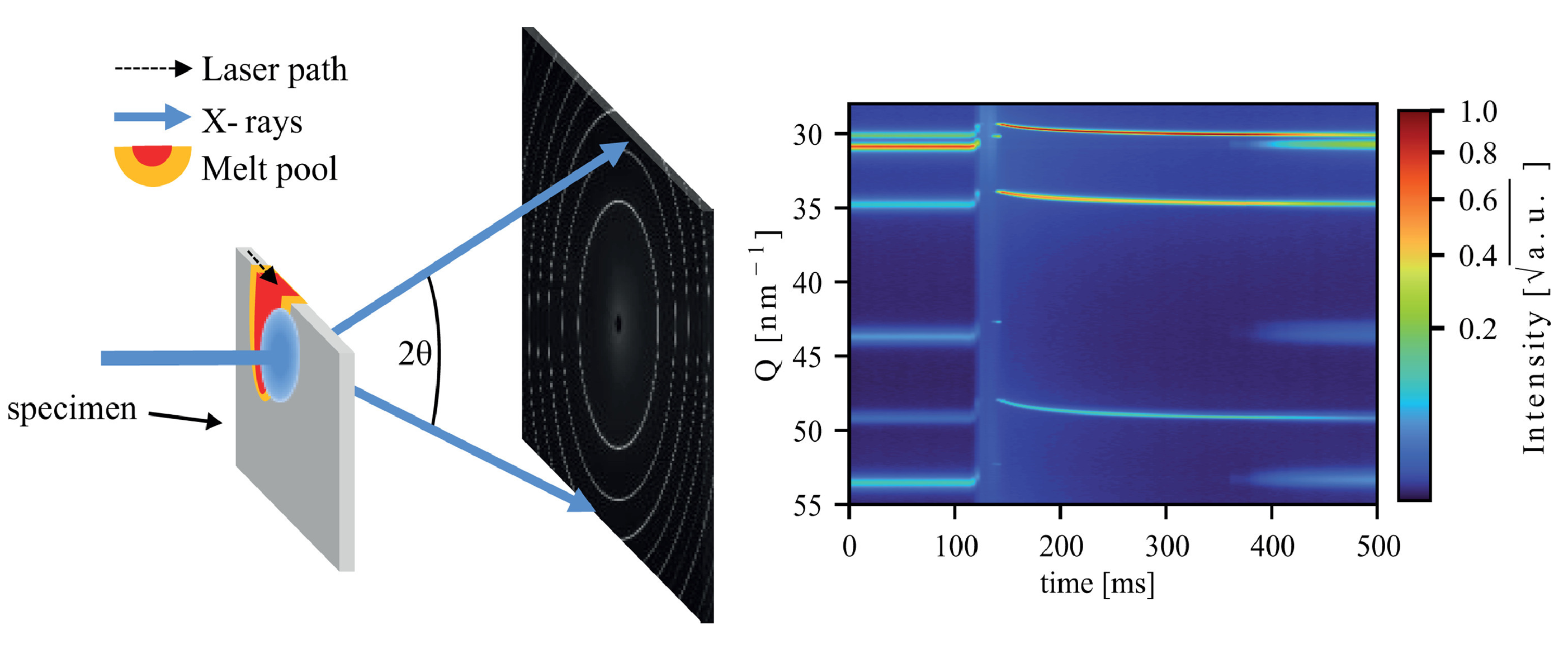
Advancements in Metal 3D Printing: Breaking Barriers with AI and Innovation
Metal 3D printing has been rapidly gaining momentum as a versatile and cost-effective solution to produce complex geometries and customized parts. However, the technology has faced several challenges, including inconsistencies in printing quality and high costs associated with material usage. To overcome these hurdles, researchers and industry experts have been working tirelessly to improve the efficiency and quality of metal 3D printing. In this article, we will explore the latest developments in metal 3D printing and how researchers are using AI and innovation to propel the technology forward.
Improving Metal 3D Printing Quality and Efficiency
One of the biggest challenges with metal 3D printing has been achieving consistent quality in printing. Researchers at the National Institute of Standards and Technology (NIST) have recently announced a breakthrough in metal 3D printing by developing a method that can accurately predict the microstructure and properties of printed parts. This breakthrough is expected to improve the quality and consistency of metal 3D printed parts, making them more reliable for various applications.
Additionally, the University of Toronto has established a new metal additive manufacturing laboratory to develop and test new materials and techniques for metal 3D printing. The laboratory's goal is to create new alloys and optimize the printing process to increase efficiency, reduce costs, and improve quality.
Also Read:- The Mystery of Cosmic Origins: A Proposed Dark Big Bang
- Exploring Jezero Crater on Mars: Insights from the Perseverance Rover and Mars Express
Advancing Metal 3D Printing with AI
AI is playing a crucial role in advancing metal 3D printing technology. Researchers at the University of Sheffield, in collaboration with Siemens, have developed a new AI-driven method that can optimize the printing process by predicting the ideal conditions for printing. The system uses machine learning algorithms to analyze the data collected during the printing process, making it possible to adjust the printing parameters in real-time to ensure consistent quality.
Similarly, researchers at the National Institute of Standards and Technology have developed a computer simulation that can predict the behavior of metal powder during the printing process. The simulation uses AI and machine learning to analyze the data collected during the printing process, allowing researchers to optimize the printing parameters and reduce the risk of defects.
Applications of Metal 3D Printing
The advancements in metal 3D printing technology have opened up a plethora of opportunities for various industries, including aerospace, automotive, and medical. The automotive industry, for instance, has been exploring the use of metal 3D printing for creating lightweight and complex parts that can reduce fuel consumption and emissions. In fact, a recent report by TechXplore highlights how an automotive manufacturer has used metal 3D printing technology to produce a highly efficient electric motor.
The medical industry has also been exploring the use of metal 3D printing for producing customized implants and prosthetics. Metal 3D printing allows for precise customization of the implant, reducing the risk of complications and improving patient outcomes. The technology has also been used to produce surgical instruments that are highly durable and can withstand repeated sterilization.
The advancements in metal 3D printing technology have paved the way for innovative solutions and applications across various industries. The development of AI-driven methods and simulations has significantly improved the efficiency and consistency of metal 3D printing. As the technology continues to evolve, it is expected to become more accessible and cost-effective, allowing for wider adoption across different sectors. The future of metal 3D printing is indeed bright and promising.
Read More:- The Future of Protein Design: Can Synthetic Polymers Replace Natural Proteins in the Body?
- Acer Swift 14 Premium Ultrabook 2023: Features, Specs, and Accessories
That's it for this article.
Thanks for Visiting Us – fixyanet.com


0 Comments